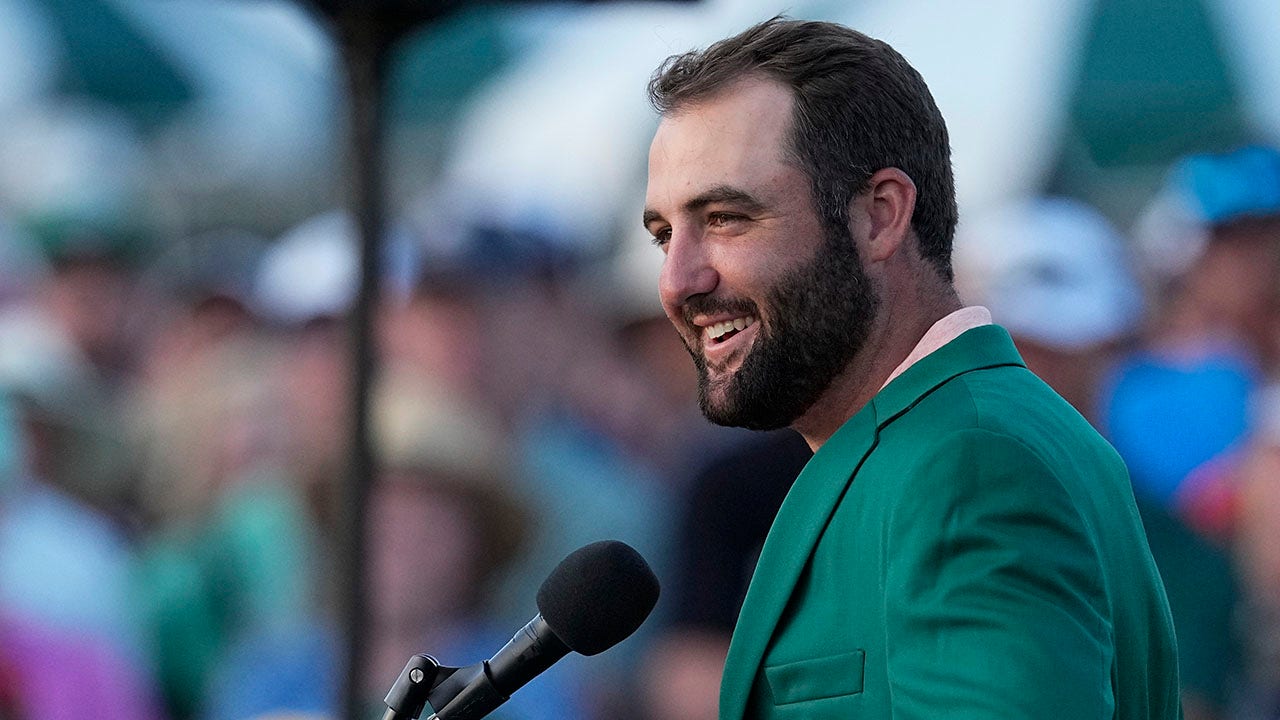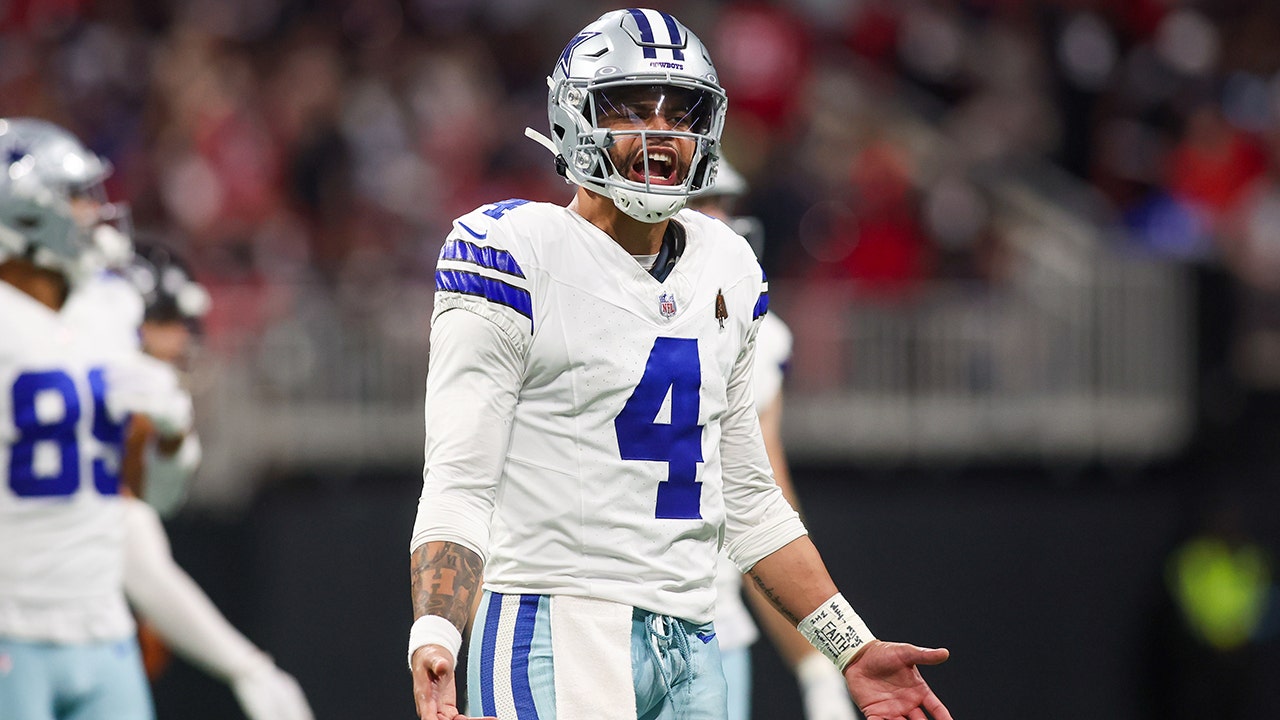OAKLAND, Calif. — On one quiet night earlier this month, fewer than 3,000 fans attended an Athletics game. It was so vacant and tranquil at the bulky, old coliseum that the visiting Tampa Bay Rays players could hear the crisp enunciation of every taunt flung their way.
Brett Phillips, a Rays outfielder, said one of his teammates told him that when he was at bat, he clearly heard a fan in the grandstands mocking his paltry batting average. Phillips missed that barb, but he was asked what he did hear from the barren stands that night.
“I heard a pin drop,” Phillips quipped. “Does that count?”
A new baseball season is a time of hope in many baseball towns, including Oakland, but the first few weeks of the 2022 campaign have served to pull back the covering on long-festering problems for the Athletics. Things may have reached crisis level.
That game, on May 2, between a pair of teams with worrisome attendance problems, drew only 2,488 fans, the lowest mark of the season across the majors and the smallest number for the A’s in over 40 years. The team’s once-loyal fans appear to have given up.
Why wouldn’t they?
Their favorite players are routinely traded away for more affordable alternatives. Their cavernous, concrete stadium, while maintaining a stubborn charm for some, is decrepit and grossly out of date. The organization, meanwhile, speaks openly of its long-distance romance with Las Vegas.
For years, the A’s have been in the hunt for a sparkly new stadium or an energetic new city, creating a limbo that almost goads fans into staying away.
“It feels like the last days of the Montreal Expos before they moved to Washington,” said Jorge Lopez, 36, a restoration manager in construction. A former season-ticket holder who now goes to about 10 games a year, Lopez sat with his partner, Megan Harter, in a lonely section of the stands at a game during the Rays series.
“I just want to soak it all up before they leave,” Lopez said.
Through the first five and a half weeks of the season, the A’s are last in Major League Baseball in attendance, averaging only 8,421 fans per game through Saturday in a stadium that can hold nearly 57,000. In 2019, the year before the pandemic, they averaged 20,521. Attendance was at the lower end of the league that year, but still respectable. At the end of that season, Oakland hosted the American League wild-card game — also against the Rays — and 54,005 showed up, making the Coliseum pulsate.
Now, as attendance plummets, A’s fans face three potential outcomes: The team gets a coveted new stadium along Oakland’s downtown waterfront (an initiative that faces numerous hurdles); it moves to Las Vegas or another city; or it falls back on the same old solution it has for the last half-century: staying put in a park that, like Angel Stadium in Anaheim, opened in 1966 — making them older than every M.L.B. stadium other than Wrigley Field, Fenway Park and Dodger Stadium. No one would confuse the Coliseum for those classic cathedrals.
Dave Kaval, the president of the A’s, argues that staying put is no longer viable, not with the nearby San Francisco Giants having dominated the market with a beautiful park next to San Francisco Bay. That stadium opened in 2000.
“It’s especially important to have a waterfront, visionary ballpark in Oakland because we are a two-team market,” Kaval said. “I need to compete with the Giants, and I can’t have a substandard product, or people will just go to their games.”
Kaval has become a lightning rod for disgruntled fans and annoyed civic leaders, but he argues that at least the A’s are fighting to stay in Oakland, spending $2 million a month on the waterfront project. That is more than they spend on an annual basis on all but one of their players, shortstop Elvis Andrus.
“I actually think it’s true,” Kevin Peters, 33, an A’s fan from Oakland, said of the team’s insistence that it is making an effort. “The Raiders and Warriors left. I think the A’s are cheap, but at least they are trying to stay in Oakland.”
Despite his protestations, Kaval is open about the team spending hundreds of thousands of dollars a month looking into the Las Vegas option, too.
The Athletics are the last of a triumvirate that once cohabited the vast concrete acreage alongside Interstate 880 in Oakland. The N.F.L.’s Raiders, who also played at the Coliseum in two separate eras, moved to Las Vegas for good in 2020. The N.B.A.’s Golden State Warriors, who played in an arena just steps from the Coliseum for 51 years, moved to a glittery new palace in San Francisco in 2019, not far from the Giants’ ballpark.
Only the A’s are left standing, lending a ghost-town feel to the stadium, with shuttered concession stands, dark concourses and chipped concrete. Beyond center field sits Mount Davis, the massive vista-obstructing seating structure that was built when Al Davis brought the Raiders back from Los Angeles — a monstrosity that might be the only stadium section visible from outer space.
Fans used to put up with all of it, but this year feels different.
“It’s an unfortunate situation for everyone,” said infielder Jed Lowrie, who has played seven years with the A’s, including three in which the team made the postseason. “As a pro, as a big leaguer, you have to do your job. We understand there are grievances, but that’s above my pay grade. Hopefully it can get solved. Let’s put it this way: It has to be solved.”
Over the last 22 years, the A’s have made a science out of maximizing modest resources to field competitive teams, a process memorialized in the book “Moneyball.” They have been playoff regulars, but the gut-wrenching process of trading away top players before they reach free agency appears to have hit a tipping point this spring after the two Matts — Chapman and Olson — were traded to Toronto and Atlanta, leaving fans with only souvenir jerseys to remember them by.
“They trade away all our players,” said Drew Hernandez, 18, a student at Las Positas College in nearby Livermore, who spoke in an empty, echoey tunnel under the stands during one of the recent games between the A’s and the Rays. “It needs to stop.”
A’s players, coaches and midlevel management are in a tricky position, caught in the middle, as Lowrie put it, between the dedicated but angry fans who support them and the wishes of the team’s owner, John J. Fisher.
It is not easy to watch beloved and talented teammates depart.
“Our model is one where we do cycle through players, and through that cycle there are times when fans don’t understand and may not appreciate what we do here,” said Mark Kotsay, the A’s new manager and a former Oakland player. “But we have a loyal fan base, and that’s really all that matters.”
That loyalty, which has been tested and stretched over decades, is starting to fray. Prices for tickets and parking went up this year, and for some skeptical fans, there is a sense the team is intentionally putting a mediocre product into a decaying stadium to tamp attendance figures, increasing the A’s leverage to either move the team or get permission — and tax breaks — to build a new stadium in Oakland.
“You ever see the movie ‘Major League’?” Harter asked. “That’s what it’s like. They don’t want fans to show up so they can move.”
The idea of a new stadium in Oakland is not a novel concept. The current plan would place a fancy new park at the center of a $12 billion development at the Port of Oakland’s Howard Terminal near downtown. Of course, it would require all kinds of public permissions and grants to make it happen.
A recent vote by a key committee of the San Francisco Bay Conservation and Development Commission recommended pushing ahead, arguing that the space is not needed as part of future seaport development.
That vote changed Kaval’s outlook, but more hurdles are coming, including a key vote in the Oakland City Council on the nuts-and-bolts finances of the deal.
“If they vote no, we’re done; the project is over,” Kaval said. His attention would then turn to Las Vegas, an option that is also dependent on the outcome of voting there.
Libby Schaaf, the mayor of Oakland, strongly supports the Howard Terminal plan, extolling the economic benefit for the whole area. In an interview, she said that she had learned hard lessons from the “giant lie” perpetrated by the Raiders on Oakland and that the experience would ensure that protections be in place to guard public finances.
She was optimistic the project would go forward, and said it would be costly if it did not.
“It would be a tremendous loss for future generations of Oaklanders, and not just Oakland A’s fans,” she said. “This is much, much bigger than baseball. This is about taking this precious asset that is the waterfront, and putting it to best use for generations to come.”
If the stadium is ever built, it will be the first time the Athletics — an original American League franchise dating to 1901 in Philadelphia before moving to Kansas City, Mo., in 1955 and then Oakland in 1968 — have had a stadium built specifically for them since Shibe Park opened in 1909. That stadium opened to much fanfare as the first concrete-and-steel facility in baseball, but in a sign of things to come, the team was eventually forced to share it with the Phillies.
Kaval said the Howard Terminal park would add “hundreds of millions” to the team’s revenue stream and put an end to the demoralizing cycle of roster turnover, which has been a reality for the franchise going back to its earliest days under Connie Mack.
As all this plays out, the A’s plug away at the Coliseum, and the few fans who do show up — many wearing their Chapman and Olson jerseys — soak up what could be the final days, or years, of the Oakland Athletics.
After that recent game with only 2,488 fans, Phillips, the Rays outfielder, spoke to some of them at a railing near the dugout as he left the field.
“I thanked four of them,” Phillips said. “I told them, ‘I know the guys in the other dugout really appreciate y’all being here.’ Sports are popular and exciting because of the fans. They are the most important part of the game.”






